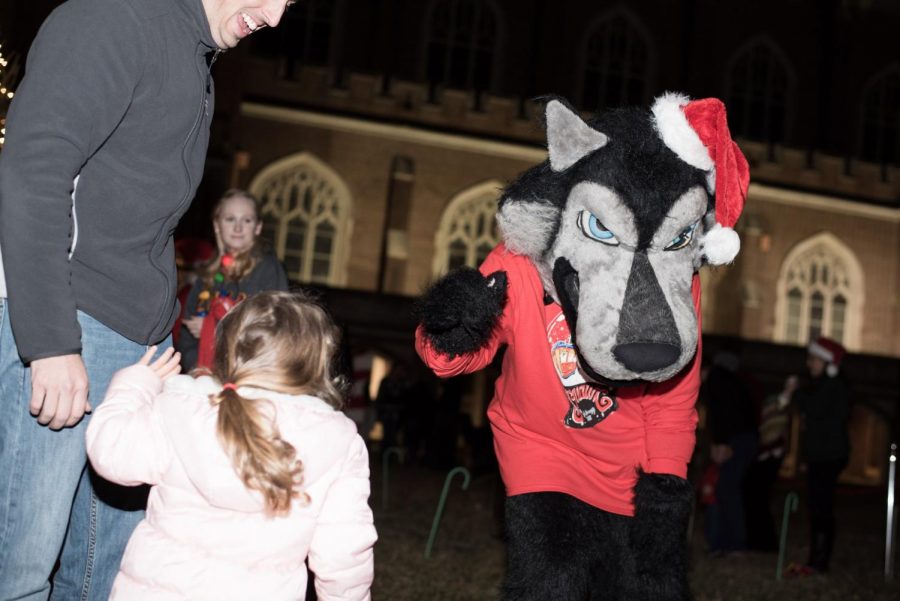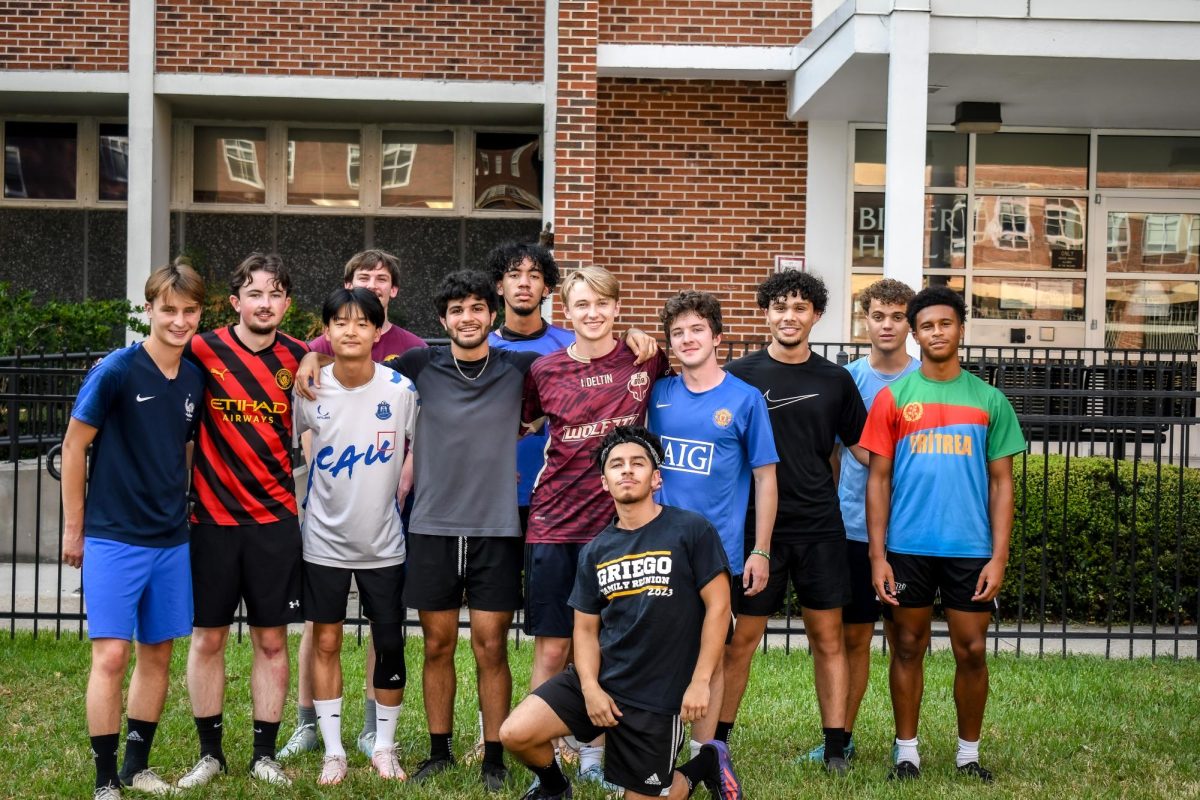Loyola University New Orleans, named for St. Ignatius of Loyola, celebrates its Jesuit namesake with Havoc T. Wolf as the institution’s mascot.
“If the university chose the wolf as its mascot for any other reason than its connection to the family of Ignatius Loyola then I don’t know it,” The Rev. Gregory Waldrop, S.J. said.
The crest of the Loyola family includes two wolves on their hind legs flanking a cauldron or kettle hanging from a chain, according to Waldrop.
“There’s a legend about its origins, whose authenticity I can’t vouch for, but that is often repeated,” Waldrop said.
According to “The Legend of the Wolf and Kettle,” a video explaining the wolf’s Jesuit origins on Loyola University Chicago’s website, the tale begins in Northern Spain, the home of St. Ignatius of Loyola. Before his birth, the generous family fed the wild animals that roamed outside their home leftovers to eat. Therefore, two wolves joined over a cauldron became a symbol St. Ignatius maintained the tradition of during his lifetime.
The history of Havoc’s origin is rich in the file drawers of the Monroe Library. Originally, the first mascot Loyola had was a wolf cub who was ostracized after an incident in 1928. Photographs dating back to 1932 show the cub at Loyola’s athletic events.
Fang was introduced to Loyola in 1957, then re-introduced as a newly adopted Canadian club wolf in 1966. The name arose from a contest held by a cheerleader.
Fang was donated to Audubon Zoo in 1968, but he had reportedly gone missing by 1972, according to the Monroe Library Archives.
Havoc’s name as Loyola knows it today was born in 2006 by the Pride Pack Committee marketing campaign with the intentions of increasing student participation in athletic events, the archives mentioned. His name came from the Shakespeare quote, “Cry Havoc, and let slip the dogs of war!”
While the wolf’s Jesuit and historical significance is momentous, its joyful character is just as captivating, according to competitive cheerleading and dance head coach Rickey Hill.
Havoc T. Wolf, whose middle name is “the,” is an entertaining figure during games and events which he attends both on and off campus, Hill said. The identity behind the three students inside Havoc’s costume, however, is not revealed to the student body, according to Hill.
The anonymity is meant to keep his spirit alive, Hill said.
The mascot lives on St. Ignatius of Loyola’s Jesuit tradition and principle of giving back to the community, according to Hill.
“(Havoc) does a lot of community service events. This Thursday, he is entertaining children with special needs at the Tourou Synagogue right before the parade. That’s something he does every year. He also participates in graduation, which is a big deal, and various other community service events in the city and on campus,” Hill said.
Havoc loves playing with children, dancing, and interacting with and entertaining the crowd, according to Hill.
“He’s just a fun-loving guy that wants to bring a smile to everybody’s face,” Hill said. “That’s him.”









